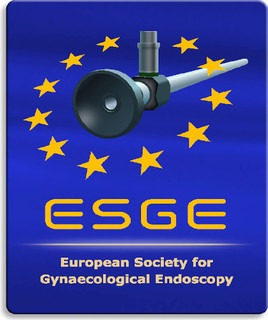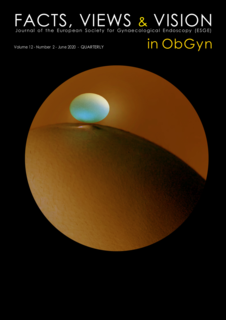Embryo migration following ART documented by 2D/3D ultrasound
Embryo migration, ART, ectopic pregnancy, ultrasound
Published online: Aug 05 2020
Abstract
Embryos have traditionally been thought to implant at the exact site they are transferred during assisted reproductive technology (ART). The introduction of 2D/3D ultrasound has allowed for mapping of the transfer site using air bubbles as a surrogate marker of embryo location. This study’s aim was to compare the location of embryo transfer (ET) on ultrasound to that of embryo implantation. We present four cases of ectopic pregnancy at four sites: tubal, cervical, interstitial and ovarian. We compare the site of implantation on 2D/3D ultrasound at six weeks of pregnancy to that of transfer as assessed on 2D/3D ultrasound. In all four cases, the embryo flash was visualised in the centre of the uterine cavity on ultrasound at ET. At six weeks of pregnancy, the uterine cavity was empty and an ectopic pregnancy was identified. The tubal and ovarian ectopics were managed surgically whilst the cervical and interstitial pregnancies were treated with systemic methotrexate. These cases demonstrate embryo implantation distal to the ultrasound-confirmed site of transfer. These cases provide visually compelling evidence of embryo migration following ET and lend support to the theory that ectopic pregnancy may occur as a result of embryo migration, rather than poor ET technique.



